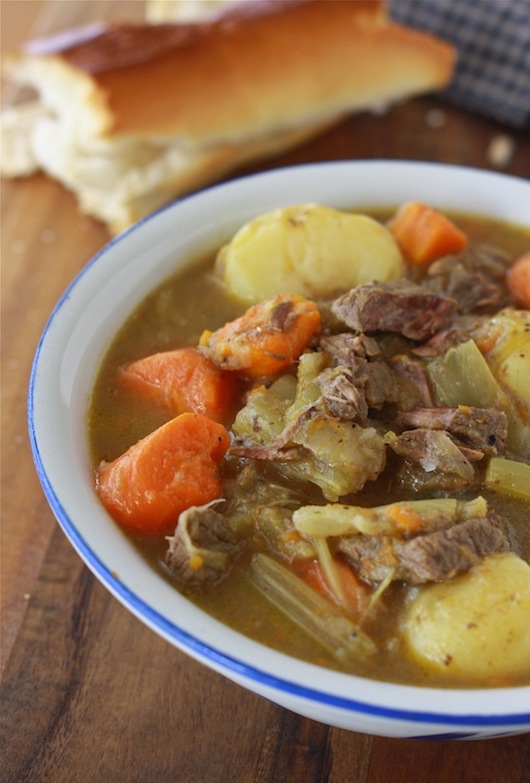The two words frozen on the cheeks of every Minnesotan during the long winter months. Nobody is bothered that it’s 15 below zero in January. It’s the wind chill factor – what it feels like when the wind slaps and stings you on the face – that counts.
The term wind chill says everything, and conciseness is of utmost importance when your lips are numbed cold:
“Late for work again, Bob?”
“Wind Chill.”
“It’s 2pm? Never mind, Susan told me the sad news about your dog. What happened?”
“Wind Chill.”
“I guess when they gotta go, they gotta go. You still up for poker tonight?”
“Wind Chill.”
“Is that a yes or no? Wait, why are your lips purple? Geez, are you missing a finger?”
“Wind Chill.”
Wind chill has endless connotations, and in a culture of simple conversations where the undermeaning means everything, it is an overused, but vital phrase.
But wind chill is under threat.
No, I’m not referring to Global Warming – which every Minnesotan prays hard for every time they have to scrape ice off their windshield. I’m talking about an organization every Minnesotan respects; an organization that blares the tornado warning sirens five seconds after one wipes out your house. I’m talking about the National Weather Service.
In the guise of simplicity, to the consternation of Minnesotans freezing far and wide, the National Weather Service recently announced they were replacing the Wind Chill Warning with an Extreme Cold Warning.
If the temperature falls below -35F, it is now extremely cold. -30F, I guess that’s just cold.
We can’t survive without wind chill. Just a mention of the phrase, and we shiver, hide our faces, call our loved ones. Warning of extreme cold wouldn’t even remind us to wear a hat outside.
And without wind chill, we wouldn’t know how to begin a conversation in the elevator. The silence almost as awkward as trying to start with, “Gosh, it’s extremely cold out there.”
We will not stand for this. We will not stand at the bus stop with our faces turned from the frigid wind any longer. The National Weather Service may try to warn us of Extreme Cold, but their warnings will fall on frostbitten ears. We Minnesotans will forever take it upon ourselves to obsessively discuss, ruminate, debate, and caution each other of what we love to hate more than anything else – Wind Chill.
Minnesota Winter Beef Stew recipe by Season with Spice
Serves 3-4
What you’ll need:
1 lb of chuck beef cubes
6 carrots
5 stalks of celery
1 large white onion
3 cloves garlic - minced
1 bay leaf
2 cloves
1 tsp salt, or to taste
1 tsp of freshly ground black pepper
3 cups of water
10 baby potatoes
3 tbsp flour
Process:
1. Place beef cubes on frying pan and cook on low until browned. Transfer beef and juice to a large pot (or slow cooker).
2. Cut carrots, celery, and onions into chunks. Add to pot (or slow cooker), along with garlic, bay leaf, cloves, salt, black pepper, and 3 cups of water.
3. Cover, and simmer on low fire for 3-4 hours.
4. Add baby potatoes to the pot. Simmer for one more hour, or until potatoes are softened.
5. Scoop out a bit of the broth into a small bowl. Mix in 3 tablespoons of flour. Then pour the mix back into the pot and stir well. Remove cover and cook on medium fire for another 20 minutes to slightly thicken the broth. Add in more salt and pepper if needed.
6. Serve hot by itself, or with a side of bread. A simple beef stew recipe with an amazing flavor - guaranteed to warm you during the coldest of Minnesota winter days.
Serves 3-4
What you’ll need:
1 lb of chuck beef cubes
6 carrots
5 stalks of celery
1 large white onion
3 cloves garlic - minced
1 bay leaf
2 cloves
1 tsp salt, or to taste
1 tsp of freshly ground black pepper
3 cups of water
10 baby potatoes
3 tbsp flour
Process:
1. Place beef cubes on frying pan and cook on low until browned. Transfer beef and juice to a large pot (or slow cooker).
2. Cut carrots, celery, and onions into chunks. Add to pot (or slow cooker), along with garlic, bay leaf, cloves, salt, black pepper, and 3 cups of water.
3. Cover, and simmer on low fire for 3-4 hours.
4. Add baby potatoes to the pot. Simmer for one more hour, or until potatoes are softened.
5. Scoop out a bit of the broth into a small bowl. Mix in 3 tablespoons of flour. Then pour the mix back into the pot and stir well. Remove cover and cook on medium fire for another 20 minutes to slightly thicken the broth. Add in more salt and pepper if needed.
6. Serve hot by itself, or with a side of bread. A simple beef stew recipe with an amazing flavor - guaranteed to warm you during the coldest of Minnesota winter days.






